- Accueil
- A propos
- Nouvelles
- Publications
- Partenaires
- Mediterranean Plant Specialist Group (IUCN/SSC)
- Sóller Botanical Garden Foundation, Balearic Islands
- National Botanical Academy of Corsica
- Hortus Botanicus Karalitanus
- University of Catania
- Mediterranean Agronomic Institute of Chania
- Agricultural Research Institute of Cyprus
- Department of Forests of Cyprus
- Outputs
- Contact
Conservation Actions for Threatened Mediterranean Island Flora: ex situ and in situ joint actions
Population reinforcement for Horstrissea dolinicola, threatened plant of Crete
05 December 2017
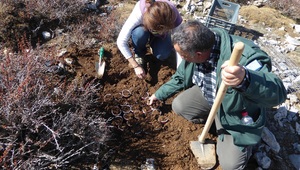
A reinforcement action was carried out for the unique known population of Horstrissea dolinicola at about 1,500 m a.s.l. on Mt. Ida (Psiloritis mountain range) in central Crete. The only site where the species occurs is very small and both the range and the number of individuals are declining. It is considered as one of ‘The Top 50 Mediterranean Island Plants’ (http://top50.iucn-mpsg.org/species/41) according to the Mediterranean Islands Plant Specialist Group (IUCN / SSC).
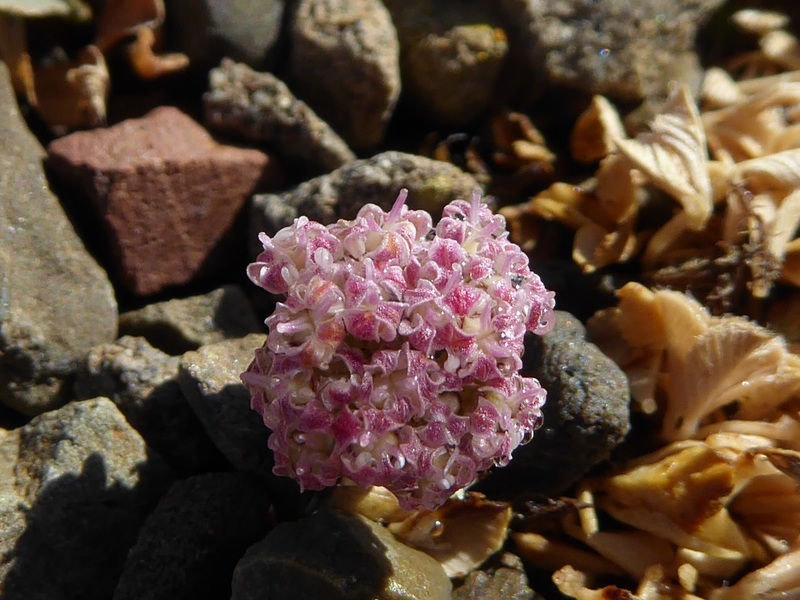
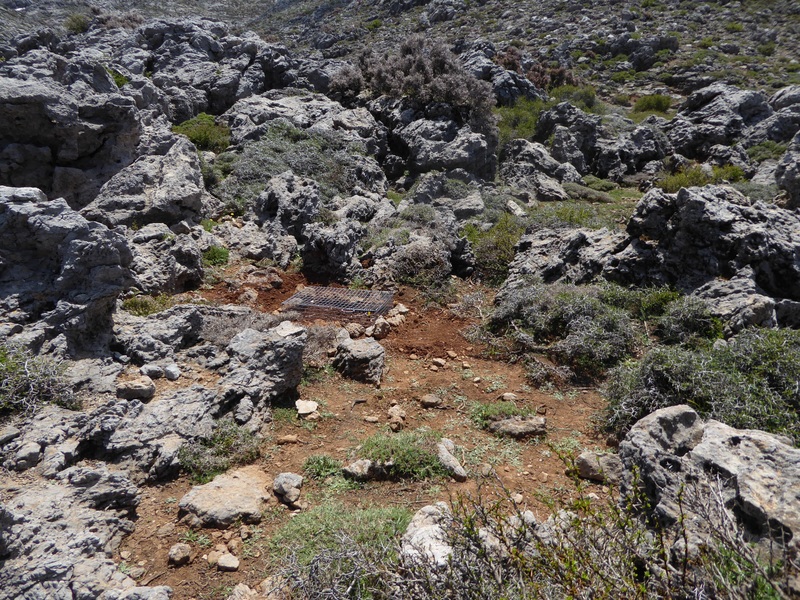
Horstrissea dolinicola inflorescence and habitat
H. dolinicola is a geophyte with most of the plant growing underground. Its cylindrical root can be as long as 10 cm, whereas its leaves and inflorescences barely exceed 2-3 cm in height. In spring its deeply incised leaves are the first organs to emerge from the ground, covering the soil as a rosette. In summer (July to August) a short stem appears topped by pinkish flowers, grouped in a round umbrella-like inflorescence. Fruits are produced in September. It grows only in a few limestone sinks (dolines) in a region where many goats and sheep graze during the summer season. These sinks are seasonally flooded as they work as outlets for rain (from autumn to spring) and for melting snow (spring).
The reinforcement action aims to address the threats of overgrazing and trampling as well as the expansion of animal housing facilities. It was carried out in 2 stages. In spring 2017, after the melting of the snow, 3 small plots of 30 plants each were established under the protection of cages. The plants were produced from seeds which had been collected from the area in previous years and had been stored at the seed bank of MAICh. Then, in early November 2017, after the first rains, another 3 small plots were established where seeds that had been collected from the area earlier in the autumn were sown, again under the protection of cages. The action was carried out in cooperation with the Forest Directorate of Rethymno, which is the authority responsible for the area.
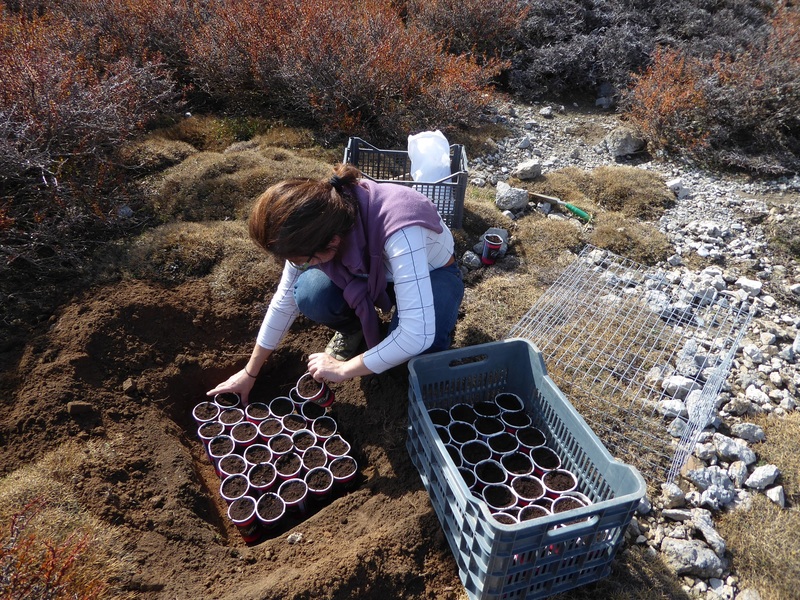
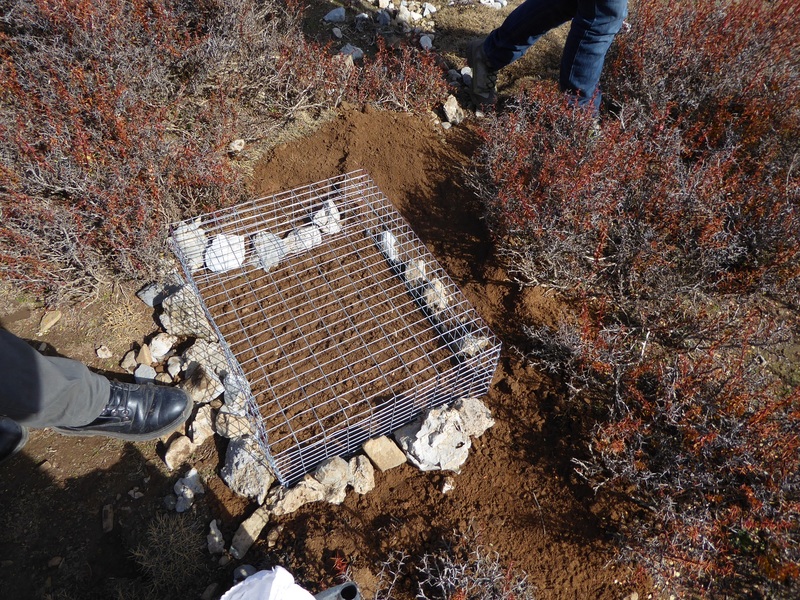
Sowing of seeds under the protection of cages, November 2017








